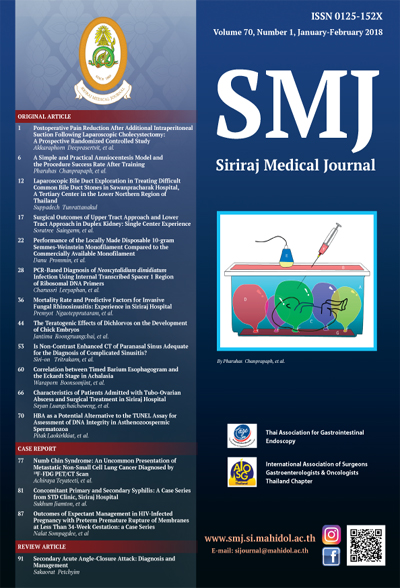HBA as a Potential Alternative to the TUNEL Assay for Assessment of DNA Integrity in Asthenozoospermic Spermatozoa
Keywords:
Spermatozoa; asthenozoospermia; hyaluronan binding assay; TUNEL assay; infertility and DNA fragmentationAbstract
Objective: This study was conducted to evaluate the appropriateness of the hyaluronan binding assay (HBA) for assessment of DNA integrity indirectly in asthenozoospermic spermatozoa, by studying its correlation with the terminal deoxynucleotidyl transferase-mediated dUTP nick end labeling (TUNEL) assay.
Methods: Thirty asthenozoospermic semen samples of infertile couples were recruited. Semen analysis was performed before being processed by HBA and the TUNEL assay. All the semen parameters were recorded and analyzed.
Results: The mean age of the patients was 38.1 ± 6.4 years. The average total and progressive motility was 33.5 ± 11.0% and 21.9 ± 6.6%, respectively. The mean TUNEL-positive and hyaluronan-bound sperm were 17.8 ± 6.4% and 57.2 ± 14.5%, respectively. Pearson correlation coefficient showed a high negative correlation between HBA and the TUNEL assay (r = -0.73, p < 0.001). The intraclass correlation coefficients revealed a high level of agreement between two observers who evaluated the TUNEL-positive and hyaluronan-bound sperm [0.81 (95% CI: 0.65–0.91) and 0.92 (95% CI: 0.84–0.96)], respectively.
Conclusion: The study results showed a high negative correlation between HBA and the TUNEL assay. This suggests that HBA may be used as a viable intact DNA spermatozoa identification method, as a potential alternative to the TUNEL assay, in asthenozoospermia sperm.
Downloads
Published
How to Cite
Issue
Section
License
Authors who publish with this journal agree to the following conditions:
Copyright Transfer
In submitting a manuscript, the authors acknowledge that the work will become the copyrighted property of Siriraj Medical Journal upon publication.
License
Articles are licensed under a Creative Commons Attribution-NonCommercial-NoDerivatives 4.0 International License (CC BY-NC-ND 4.0). This license allows for the sharing of the work for non-commercial purposes with proper attribution to the authors and the journal. However, it does not permit modifications or the creation of derivative works.
Sharing and Access
Authors are encouraged to share their article on their personal or institutional websites and through other non-commercial platforms. Doing so can increase readership and citations.











